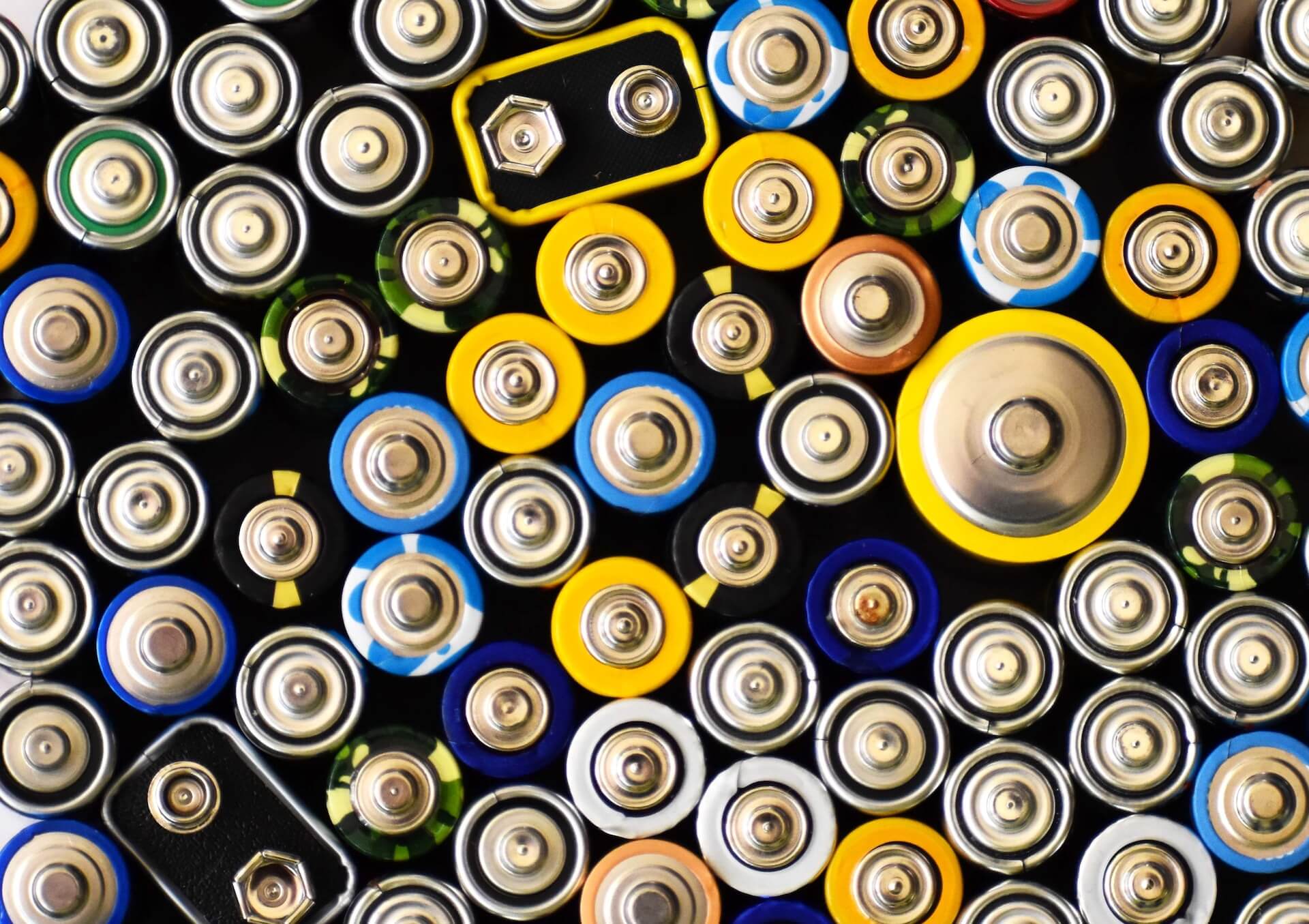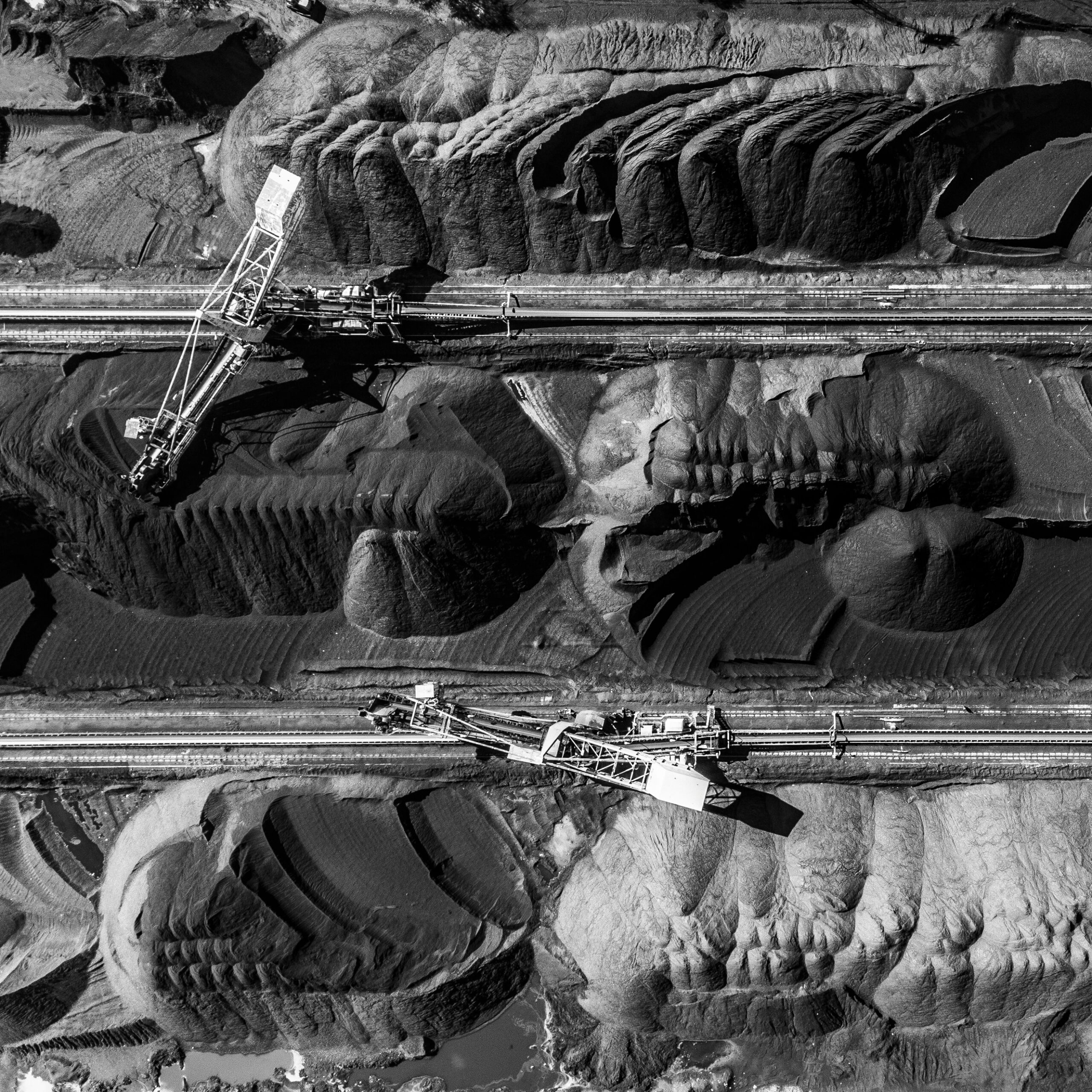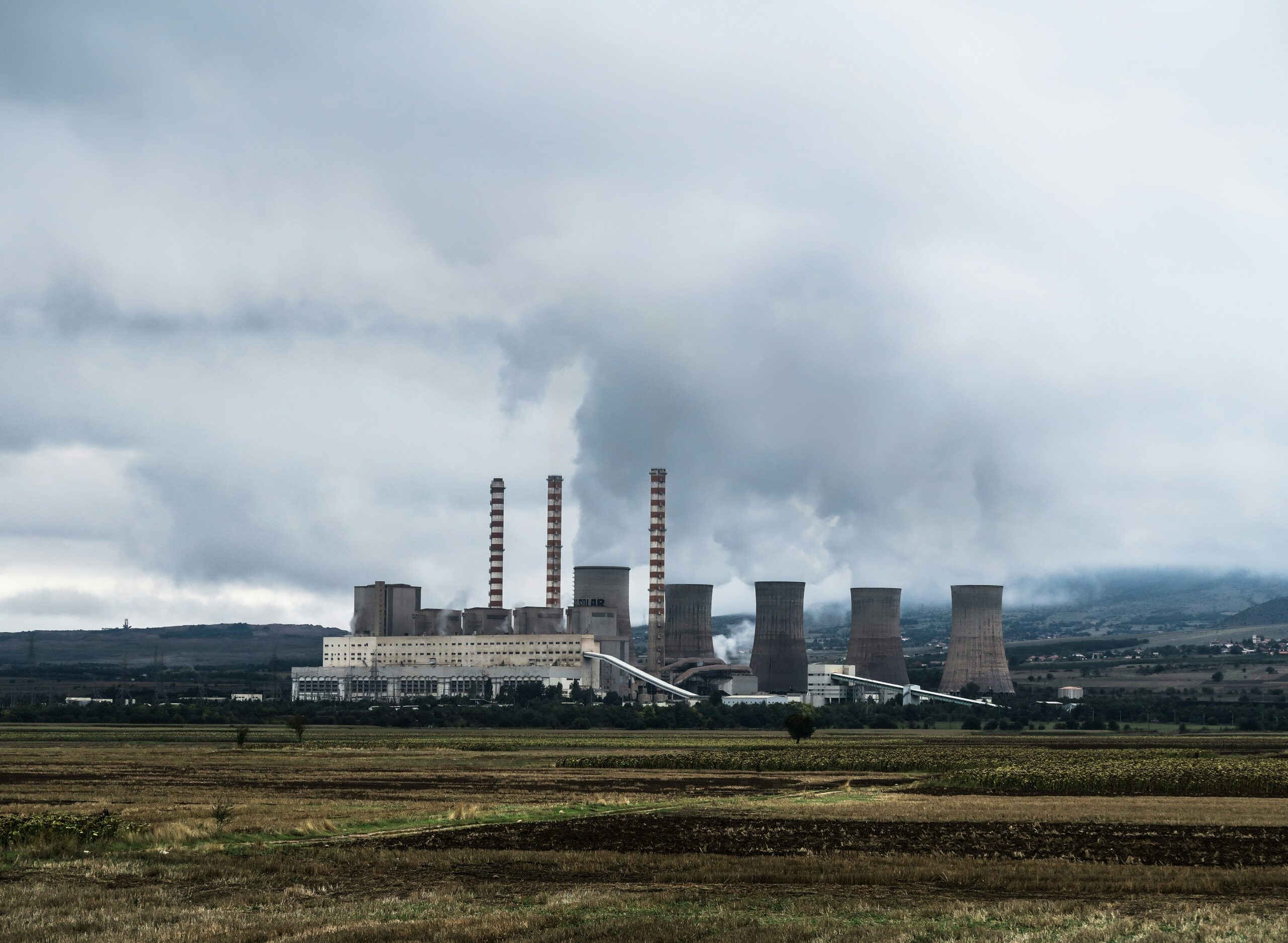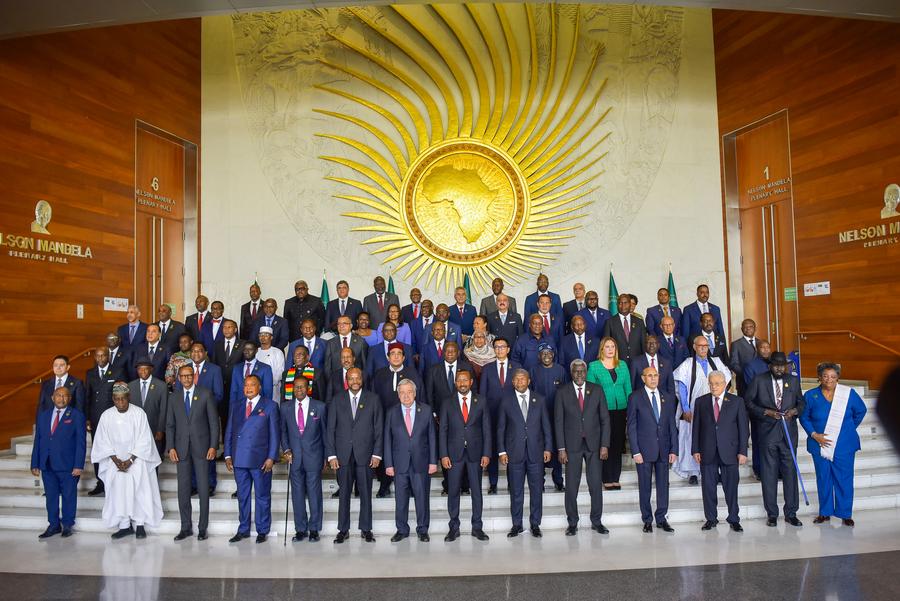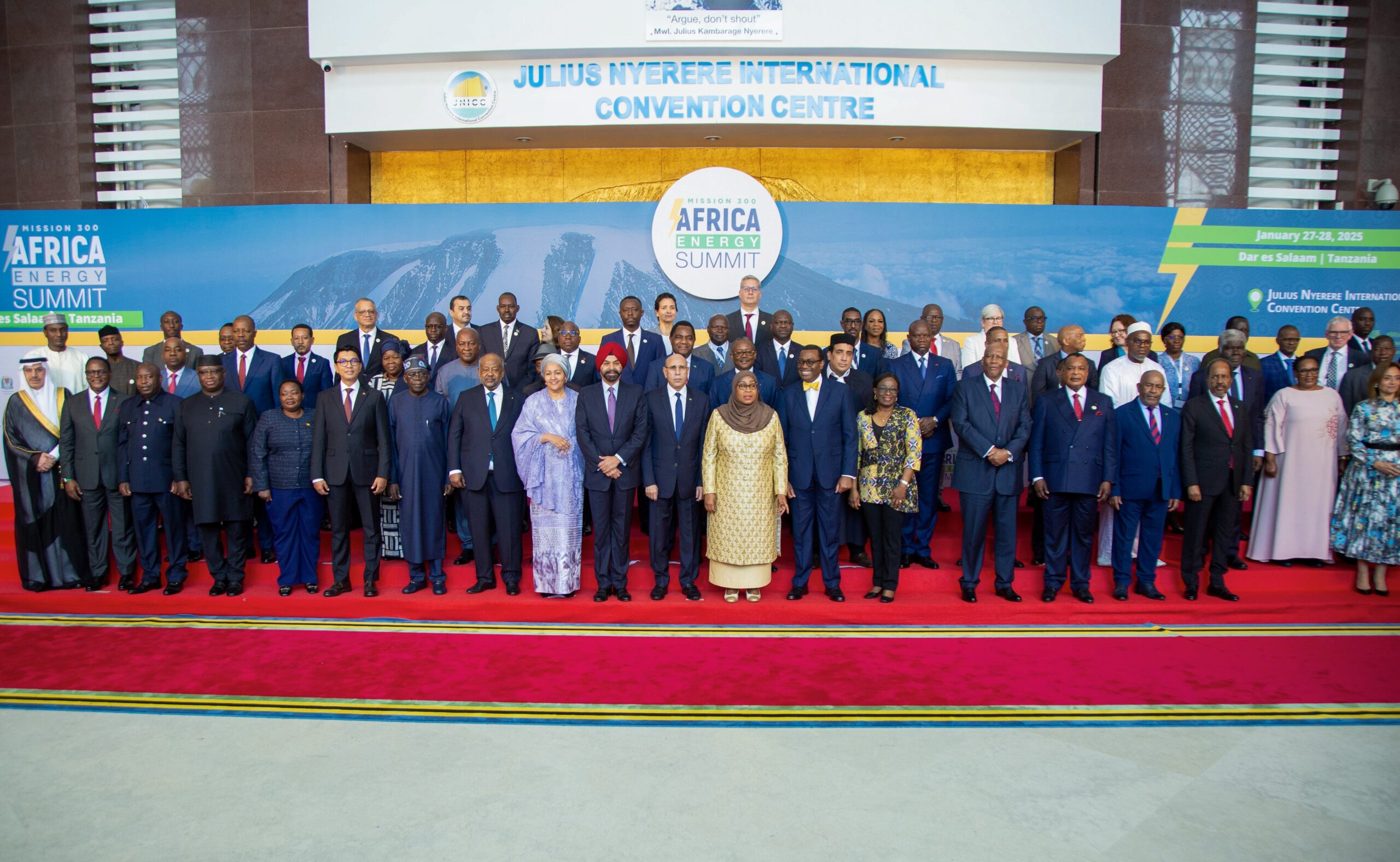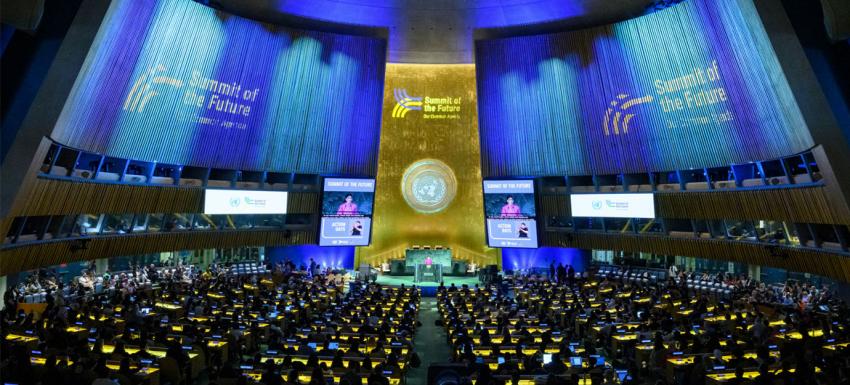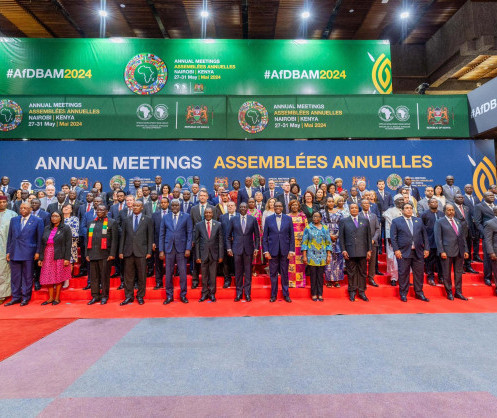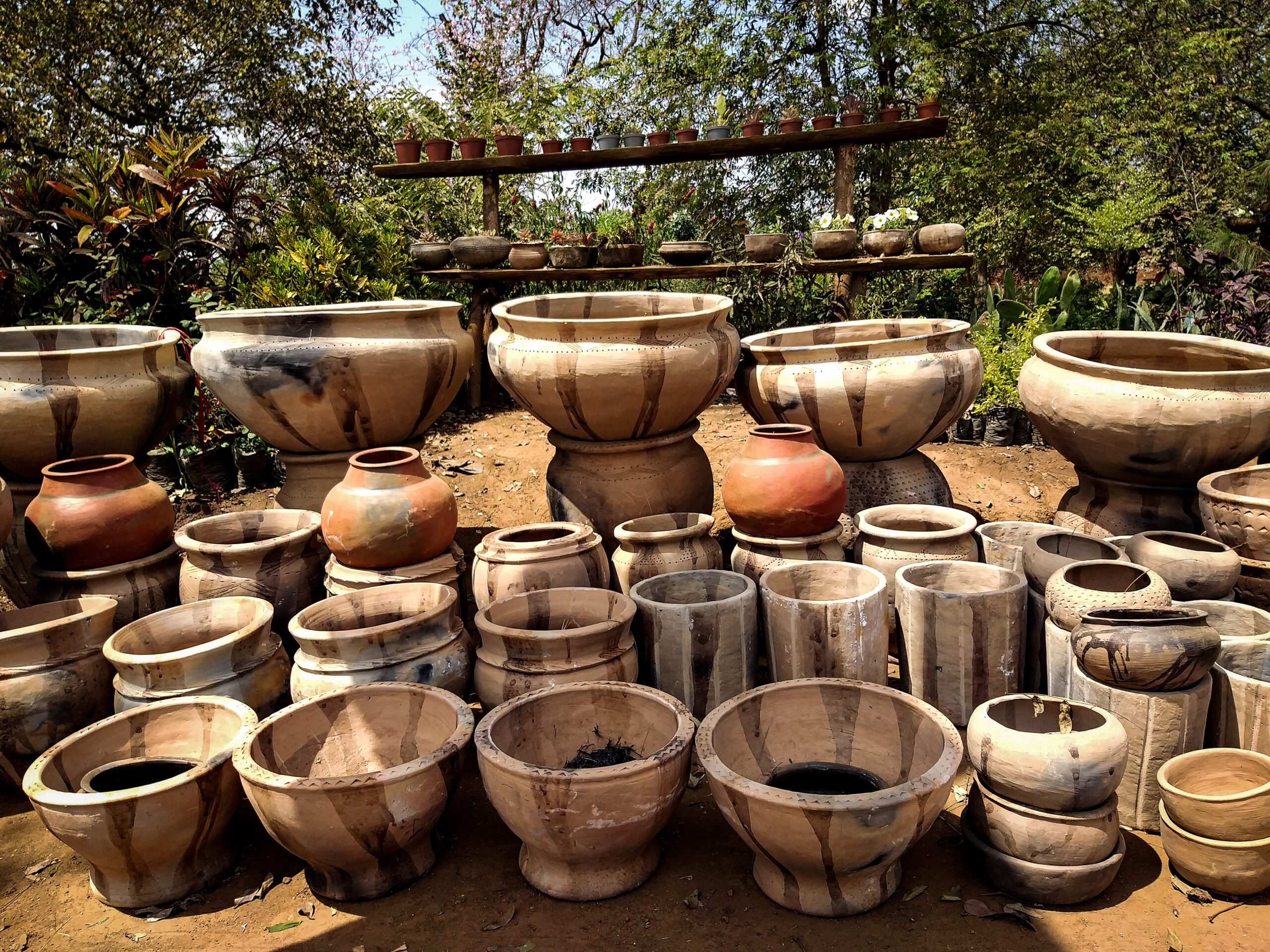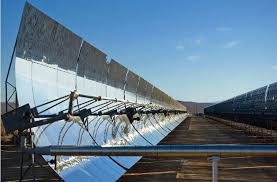Critical minerals are essential for the development of renewable energy technologies such as solar panels, wind turbines, green hydrogen, electric vehicles (EVs), and battery storage, and Africa’s mineral wealth has the potential to benefit not only the continent, but to provide a foundation for the global energy transition.
Accounting for more than 85% of most solar photovoltaic components, aluminum – for which bauxite accounts roughly 98% of its primary production – is used in most low-carbon technologies.
Africa is home to approximately one-third of global bauxite reserves, with Guinea alone having accounted for over half of global aluminum ore exports in 2020.
What’s more, chromium accounts for over a third of the mineral demand for both geothermal and hydropower technologies and serves as a requisite material for the development of concentrated solar power (CSP). South Africa accounted for nearly 45% of the world’s chromium production in 2021, while Africa accounted for over 80% of global chromium ore exports in 2020. According to the International Energy Agency (IEA), chromium demand is expected to triple by 2030.
Meanwhile, the IEA predicts that global demand for cobalt will rise six-fold by 2040, the vast majority of which is located in the DRC and Zambia. Essential towards the production of lithium-ion batteries used in EVs and energy storage technologies, the DRC’s cobalt will be crucial towards the global shift from fossil fuel-based technologies. Additionally, Zambia and the DRC are world-leading producers of copper, which is used in renewable energy systems to generate power from solar, hydro, thermal, and wind energy. In 2021, the DRC mined the third largest amount of copper on the globe while Zambia currently accounts for over 12% of global production.
Accounting for over one-fifth of the world’s reserves, Madagascar, Mozambique, and Tanzania’s combined graphite reserves will play a central role in the development of lithium-ion batteries, with the critical mineral serving as a crucial element for the development of EVs and battery storage technologies. Furthermore, accounting for over a quarter of mineral demand for CSP development and serving as a crucial element for many green energy technologies, demand for manganese is expected to increase three-fold by 2030, according to the IEA. Over 60% of manganese production occurs in Africa, with Ivory Coast, Gabon, Ghana, and South Africa all producing the critical mineral, with the latter serving as the world’s largest producer.
The development of green hydrogen and decarbonization of sectors such as heavy transport, heating, and industry would not be possible without the development of PGM minerals, which include the ideal metals, such as iridium, palladium, and platinum, for catalysts in proton exchange membrane fuel-cell technologies. South Africa accounted for over 70% of global platinum production between 2016 and 2020, and over 80% of global iridium production, while Zimbabwe serves as the world’s third largest producer of platinum and second largest producer of iridium.
The extraction and development of critical minerals has been taking an increasingly central position in the global economy. As such, competition for access to Africa’s critical minerals is expected to grow exponentially in the coming decades as the world transitions to a low-carbon energy future, with the world’s largest economies – China and the U.S. – vying for strategic control over global critical mineral supply chains, thus placing Africa at the heart of the global energy transition.
The nexus between the global energy transition and Africa’s critical minerals will be further unpacked during the African Critical Minerals Summit scheduled for this November in Johannesburg.
The African Critical Minerals conference is organized by African investment promotion and events producer Energy Capital & Power.


